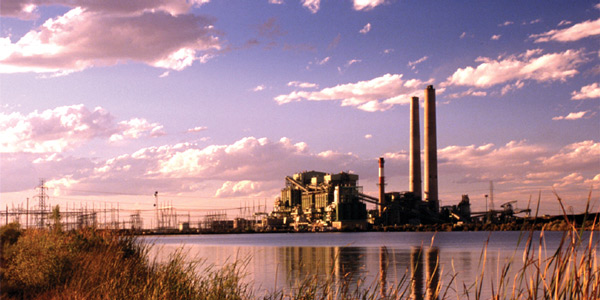By Robert Mullin
Arizona Public Service can continue to charge market-based rates in Tucson Electric Power’s balancing authority area (BAA), FERC has ruled.
The commission said Jan. 30 that APS had overcome its concerns about the company’s ability to exercise market power in the neighboring BAA, closing the book on a Section 206 proceeding investigating the issue (ER10-2437-003).
The commission granted APS market-based rate authority (MBRA) despite finding “unpersuasive” the utility’s argument that it lacks the sufficient generation and transmission rights within the Tucson Electric area to exercise market power.
Commissioners also declined to rely on APS’s delivered price test (DPT) submission because the analysis did not cover all 10 required season and load periods.
“Because the indicative screens are only intended to screen out sellers that raise no horizontal market power concerns, we find that sellers opting to submit a DPT to rebut the presumption of market power must comprehensively analyze 10 season/load periods even if the indicative screen failure(s) only occurred in a single season,” the commission said.
Considered a more rigorous analysis than FERC’s “indicative” screens for determining market power, the DPT considers native load commitments to capture a detailed picture of an electricity supplier’s “available economic capacity” — energy available for offer in the open market — over multiple seasons and load conditions.
But other factors worked in the utility’s favor.
A key piece: Evidence included a supplemental indicative screen analysis showing that APS passed the pivotal supplier and wholesale market share tests for 2015 and 2016 — an improvement over the 2014 analysis that prompted FERC to institute the Section 206 proceeding.
The updated report showed APS’s summer period wholesale market share in the Tucson Electric BAA dropping from 22.4% in 2014 to 15.8% in 2015 — followed by another decline to 13.3% last year. The utility’s market share was well below 20% during other seasons and periods, the commission found.
APS cited as reasons for the reduction in market share Tucson Electric’s purchase of a portion of the Gila River natural gas-fired plant, the retirement of Unit 2 at APS’s Cholla coal-fired plant and the expiration of certain APS option contracts.
“Based on APS’s other alternative evidence, we find, on balance, after weighing all other relevant factors, that APS has rebutted the presumption of market power in the Tucson Electric balancing authority area,” the commission said.
The favorable ruling comes nearly six months after FERC rejected APS’s effort to gain MBRA in the Western Energy Imbalance Market (ER10-2437). In that order, the commission rejected the argument that CAISO’s mitigation measures would suffice to keep APS’s market power in check and noted that the utility did not even attempt to file indicative screens or a DPT to rebut the presumption that it exercised power within its own portion of the EIM.
The Jan. 30 decision also follows a November 2016 order in which the commission said that it would commence a Section 206 proceeding to determine whether Tucson Electric should retain MBRA within its own service territory (See Tucson Electric Could See Loss of Market Rate Authority in its BAA.)
That review was triggered after the utility filed a “change in status” notice demonstrating that it passed market share screens for neighboring BAAs but failed the same test for its own area (ER10-2564, et al.).





